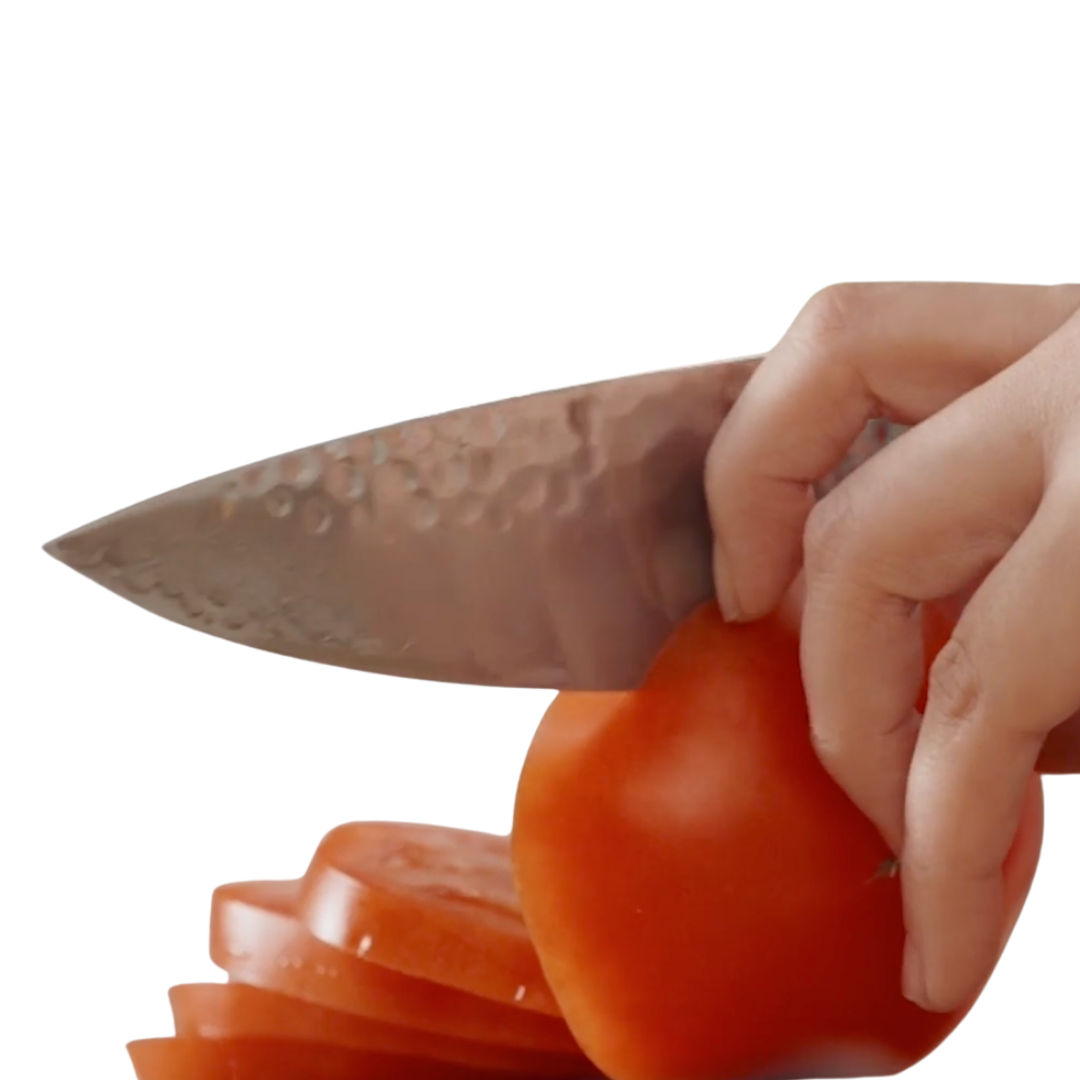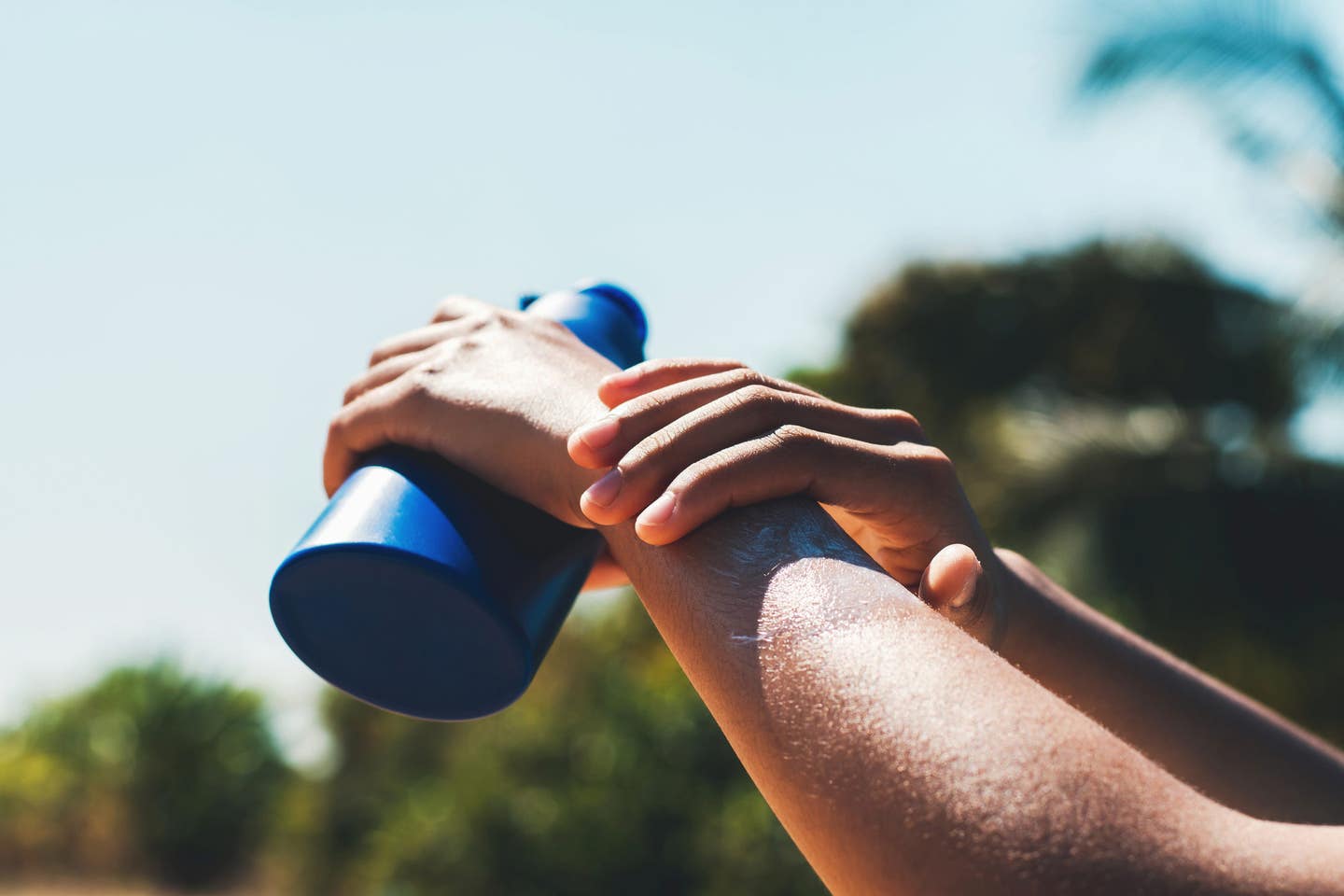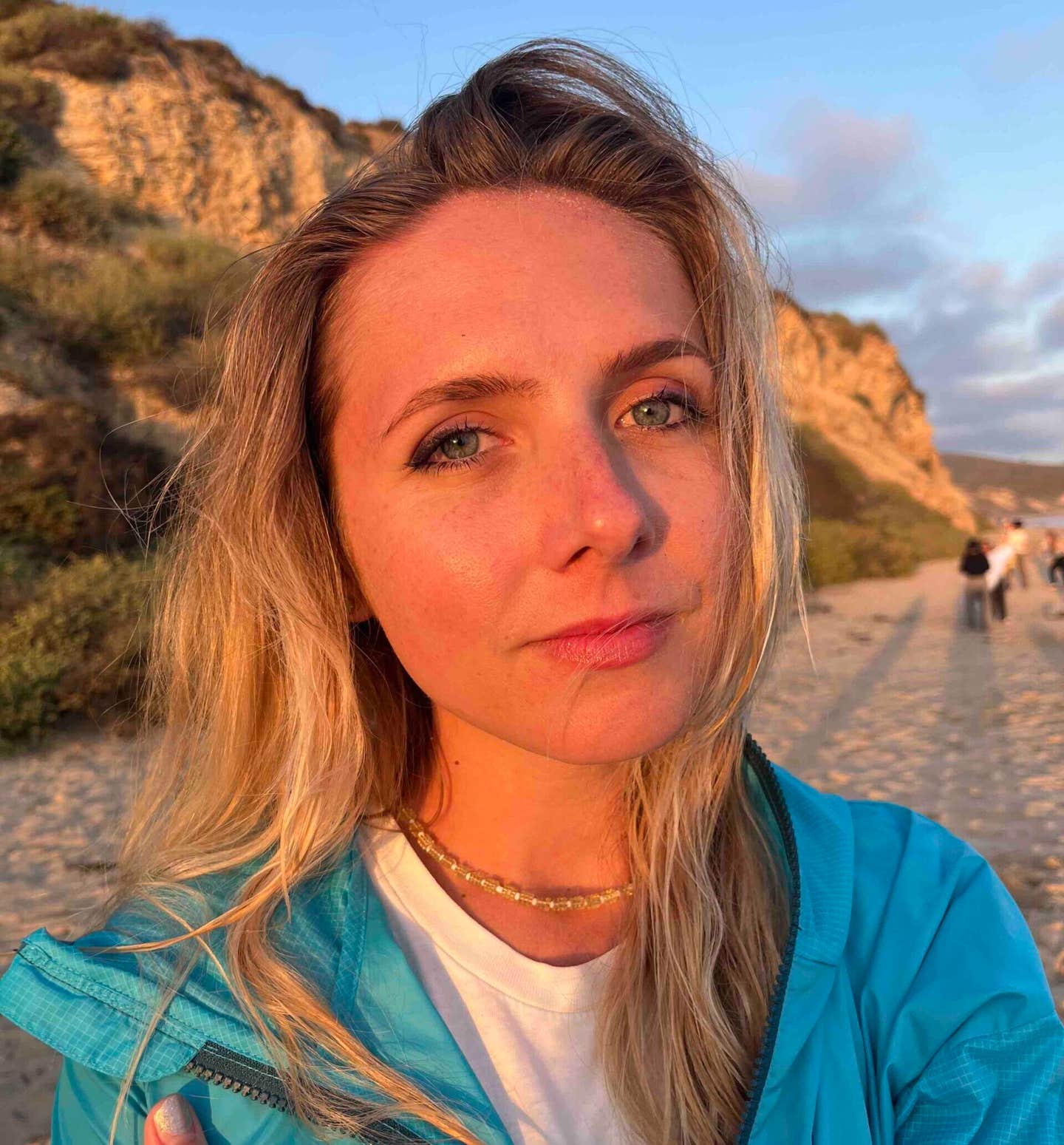By Courtney Davison,
Last Updated:A new documentary is churning up national conversation about the environmental and ethical costs of eating fish. Seaspiracy, which debuted on March 24 and quickly became one of the most watched films on Netflix, follows filmmaker Ali Tabrizi around the world as he untangles the complex and devastating consequences of commercial fishing.
The provocative documentary is the latest project from Kip Andersen, who co-produced Cowspiracy (2014) and What the Health (2017). Andersen says that as they began working on Seaspiracy, they were struck by the vast scope of industrial fishing’s impacts—not only on marine ecosystems but also potentially on the Earth’s climate, given the ocean’s key role in storing carbon. “Most of us keep the oceans out of sight, out of mind,” Andersen says, “but as [conservation activist] Paul Watson says in the film: If the ocean dies, we die.” Watch the Seaspiracy trailer below, and read on for some more key takeaways from the eye-opening new film.
1. Commercial Fishing Heavily Pollutes the Oceans with Plastic
Conversation about ocean pollution has largely centered on consumer waste, particularly plastic straws. But straws account for less than 1 percent of all plastic entering the ocean. In Seaspiracy, narrator and director Tabrizi turns scrutiny toward the greatest single source of plastic in the ocean: discarded fishing gear. Fishing nets alone comprise 46 percent of the “great Pacific garbage patch.” Tabrizi notes that “longline fishing sets enough fishing lines to wrap around the entire planet 500 times every single day,” one of many staggering statistics cited in the film.
“It’s entirely right to say that we must use far less plastic,” journalist and environmental activist George Monbiot explains in an interview in the film. “But even if not a single gram of plastic entered the oceans from today onwards, we would still be ripping those ecosystems apart, because the biggest issue by far is commercial fishing.”
2. The Industry Has a Steep Human Toll
Industrial fishing poses dangers not just to animals and the environment but also to human beings, as Seaspiracy documents. Fishery workers face perilous conditions, with roughly 24,000 dying on the job every year. And in one of the documentary’s most shocking scenes, Tabrizi interviews so-called “shrimp slaves” who say that they were forced to work on illegal fishing boats for years and threatened with death should they try to escape. Although the workers featured in the film spoke anonymously, other workers have gone on the record about this use of forced labor, and a 2014 investigative report from The Guardian found that major retailers in the U.S. and U.K. sold shrimp linked to illegal fishing operations known to enslave and even kill workers.
Another troubling trend: As overfishing depletes the oceans, fishing operations must compete for fewer and fewer fish, resulting in violent territory disputes between rival vessels.
3. Commercial Fishing Kills Whales, Dolphins, and Sharks on a Massive Scale
Every year, industrial fishing kills more than 300,000 whales and dolphins in the process of trying to catch other species. These incidental catches are known as “bycatch.” By the time fishermen throw bycatch back into the ocean, the animals are often already dead or dying. “The greatest threat to whales and dolphins is commercial fishing,” Capt. Peter Hammerstedt of the Sea Shepherd Conservation Society tells Tabrizi.
Commercial fishing vessels also kill an estimated 50 million sharks in this manner annually. As apex predators, sharks are incredibly important to ocean ecosystems, and their decimation would have ripple effects down the entire food chain, as shark attack–survivor turned activist Paul de Gelder explains in the film. Sea turtles, too, are victims of commercial fishing, with an estimated 250,000 sea turtles captured, injured, or killed by fishing vessels every year.
4. Look Beyond “Sustainable” Labels
What about seafood that is labeled as sustainable or ethical? These designations mean less than well-intended shoppers might hope. Fisheries can have significant levels of bycatch while still earning the Marine Stewardship Council’s “Certified Sustainable” stamp. And the Earth Island Institute’s “Dolphin Safe” label, often found on tuna cans, can’t guarantee that no dolphins were killed in the process of catching the tuna—something an EII employee speaks to with surprising candor in the film: “Once [the fishermen] are out there in the ocean, how do [we] know what they’re doing?” he says, noting that though EII sometimes sends observers on board with fishing vessels, “observers can be bribed.” (They can also be threatened: At least nine independent fishery observers have gone missing or been found dead since 2015.)
Fish farms, aka aquaculture, purport to be more sustainable than wild fishing. But farmed fish are fed fishmeal, which requires huge quantities of wild fish to produce—meaning that “fish farming is just wild fishing in disguise,” as Tabrizi puts it in the film.
5. You Don’t Need to Eat Fish
Fish is often lauded for its omega-3 fatty acids, but fish don’t actually make omega-3s; they get them from eating algae. Omega-3 is found not just in algae but in other whole plant foods including nuts, seeds, beans, vegetables, and fruits—which are free of the neurotoxic heavy metal found in most fish.
The Bottom Line
As Seaspiracy lays out in vivid detail, the commercial fishing industry is polluting the oceans and destroying marine life at an astonishing rate. One of the best things that you can do for the environment is to stop eating animal products, including fish. Wondering what to eat instead? Check out our Beginner’s Guide to a Plant-Based Diet.
Where to Watch Seaspiracy
Seaspiracy debuted on Netflix on March 24, 2021, and is available to stream now.
This article was originally published on March 31, 2021, and has been updated.

Related News
Get Our Best Price On The Forks Meal Planner

Forks Meal Planner takes the guess work out of making nutritious meals the whole family will enjoy.
Master Plant-Based Cooking!

Our new course features over 100 lessons, 50+ recipes, downloadable guides, and more!



